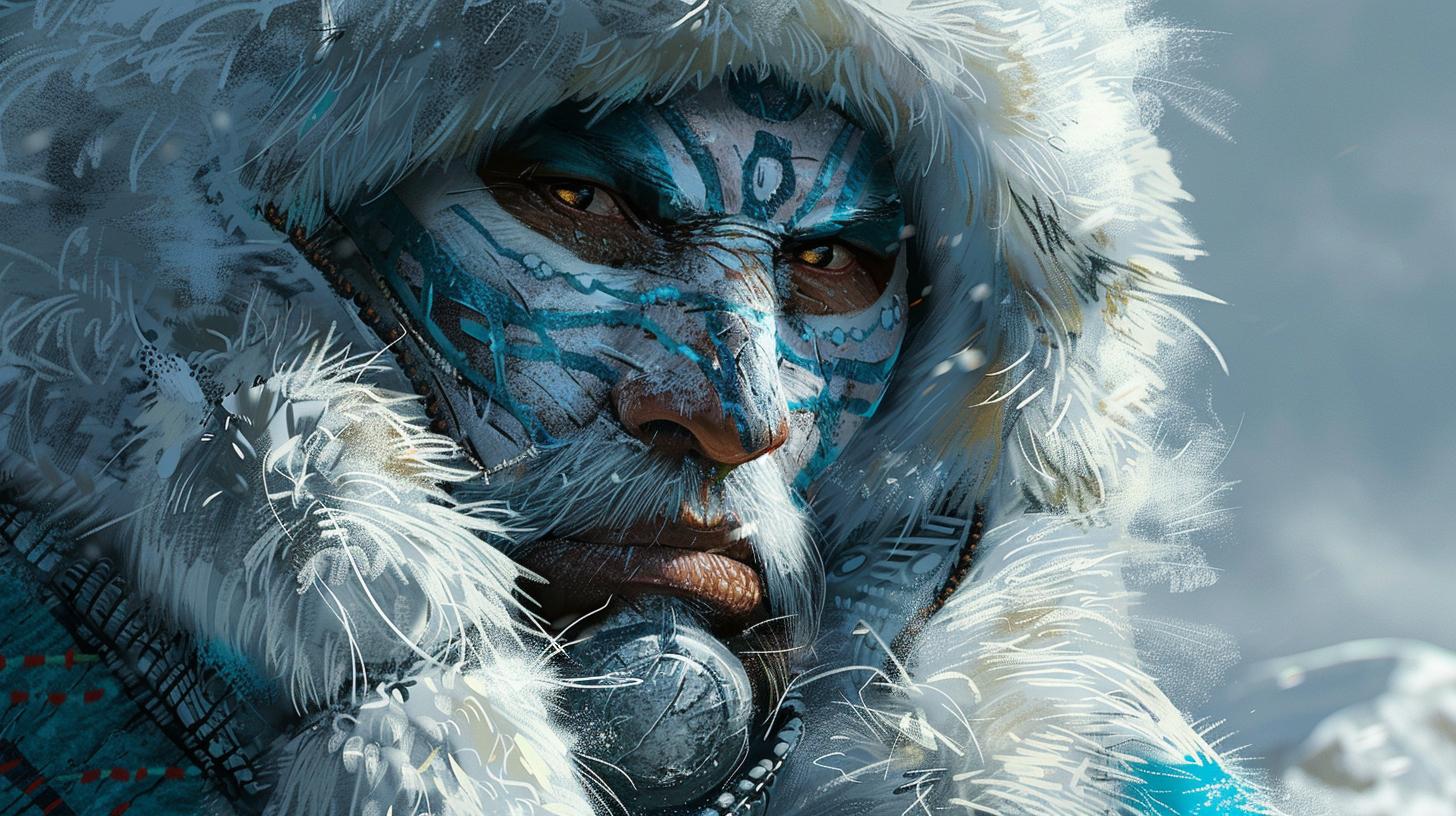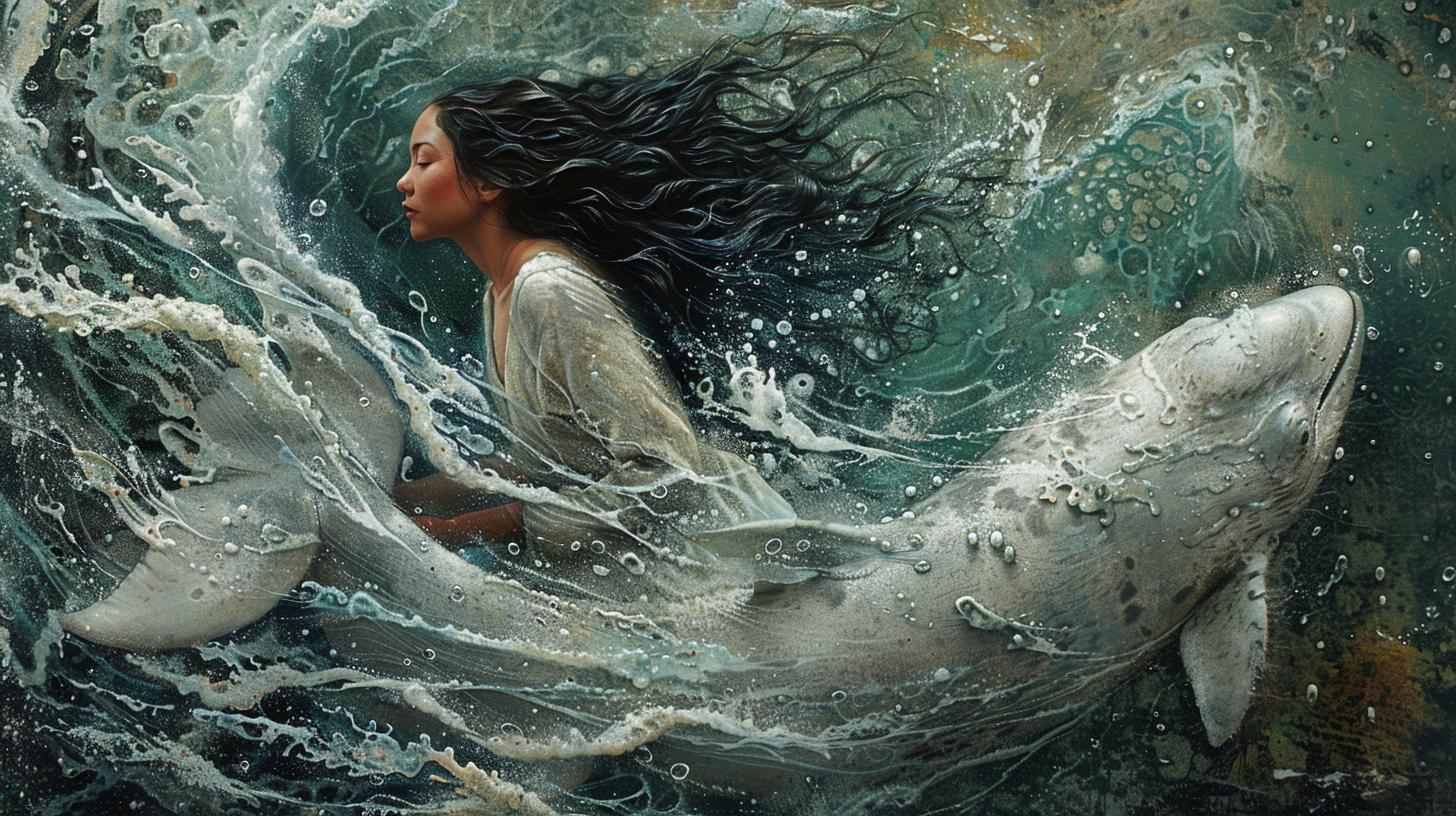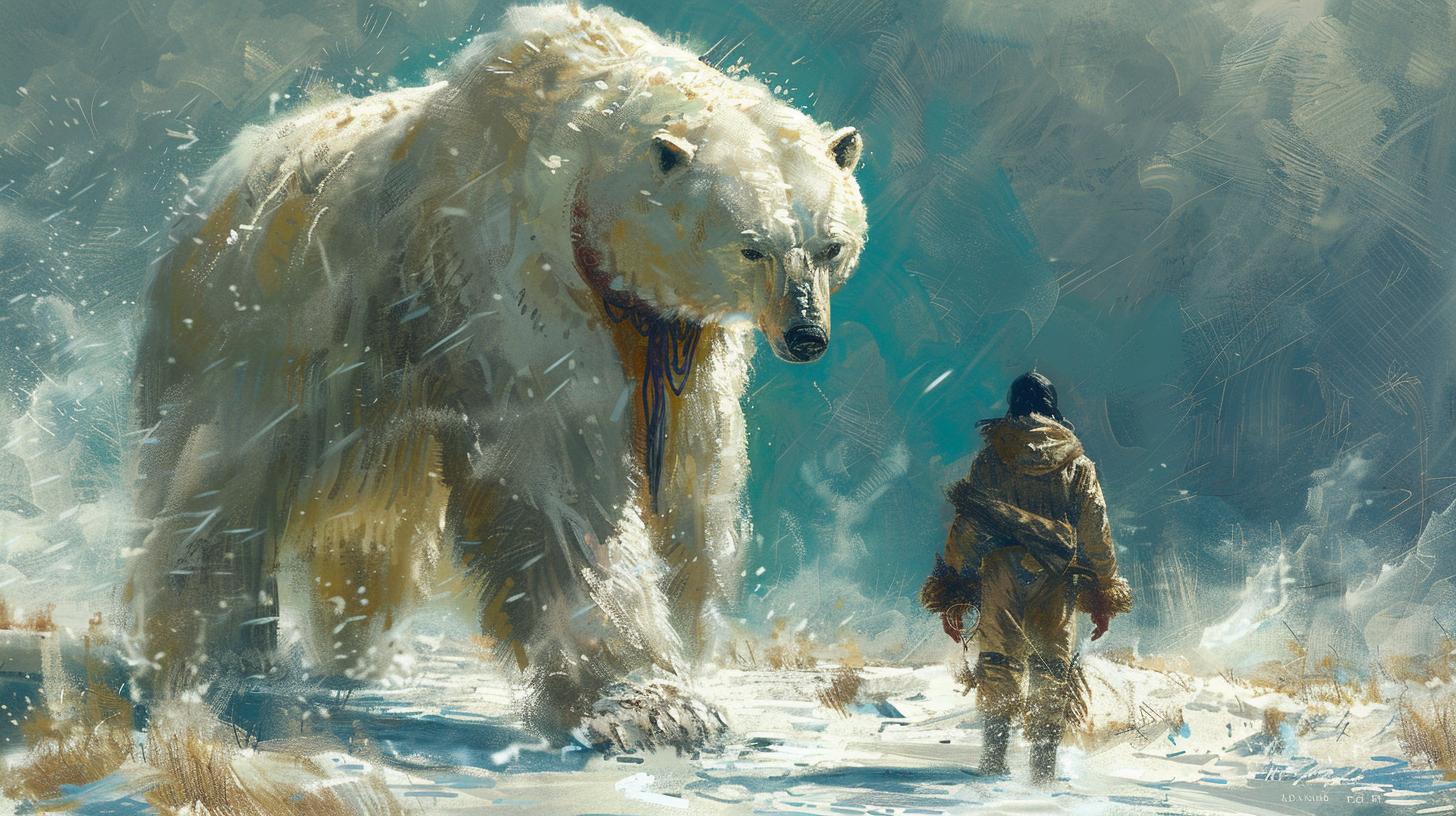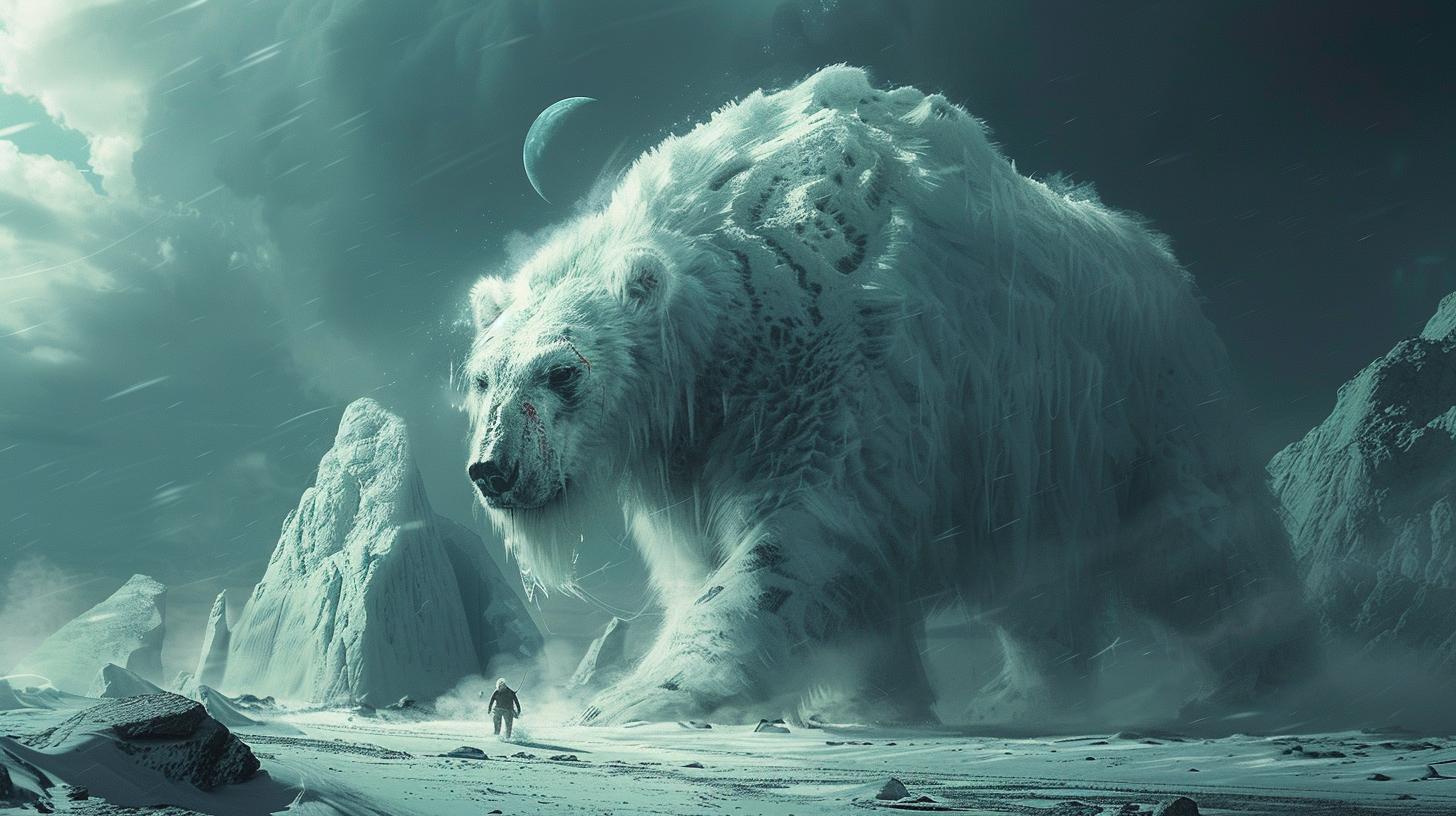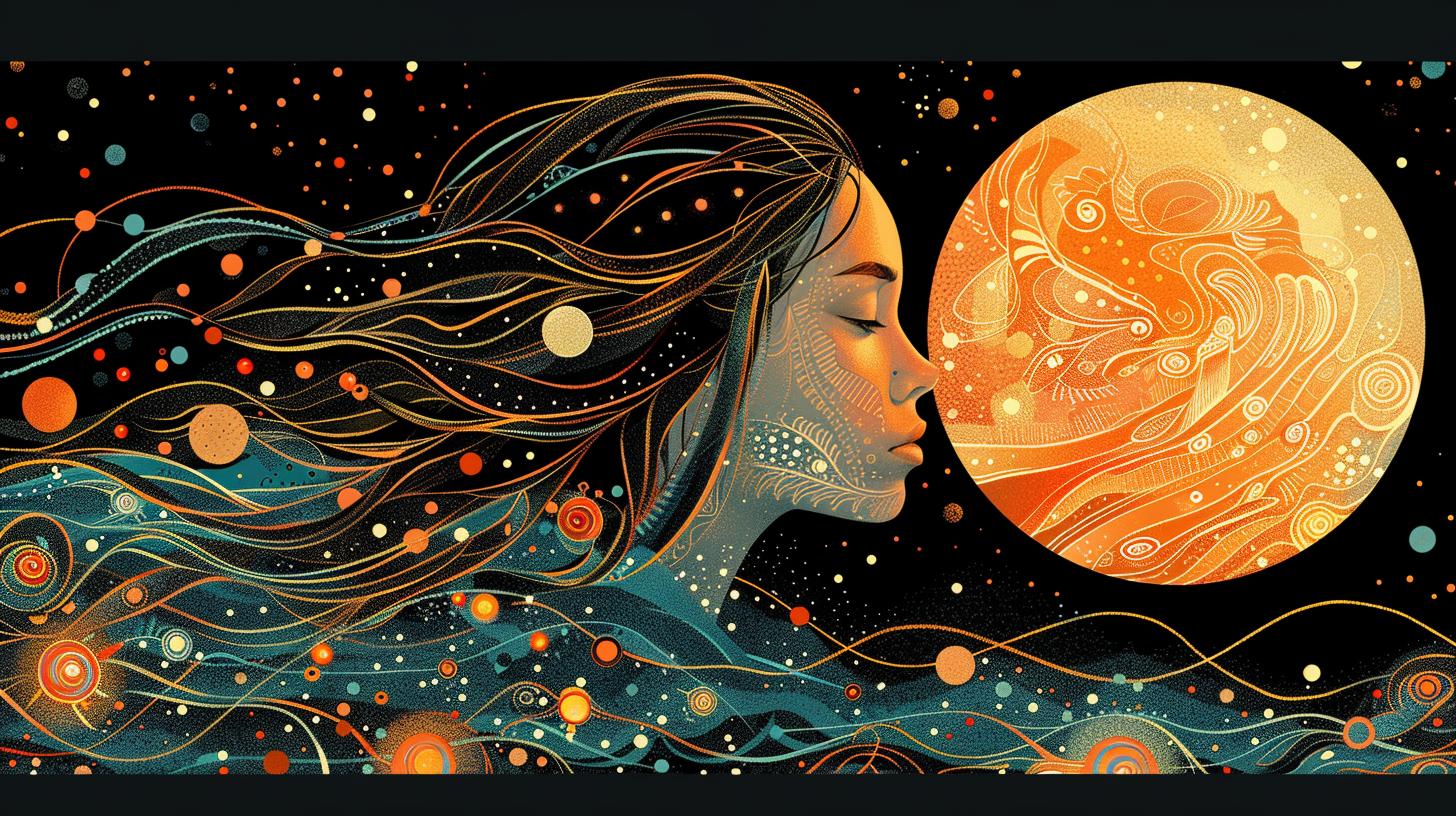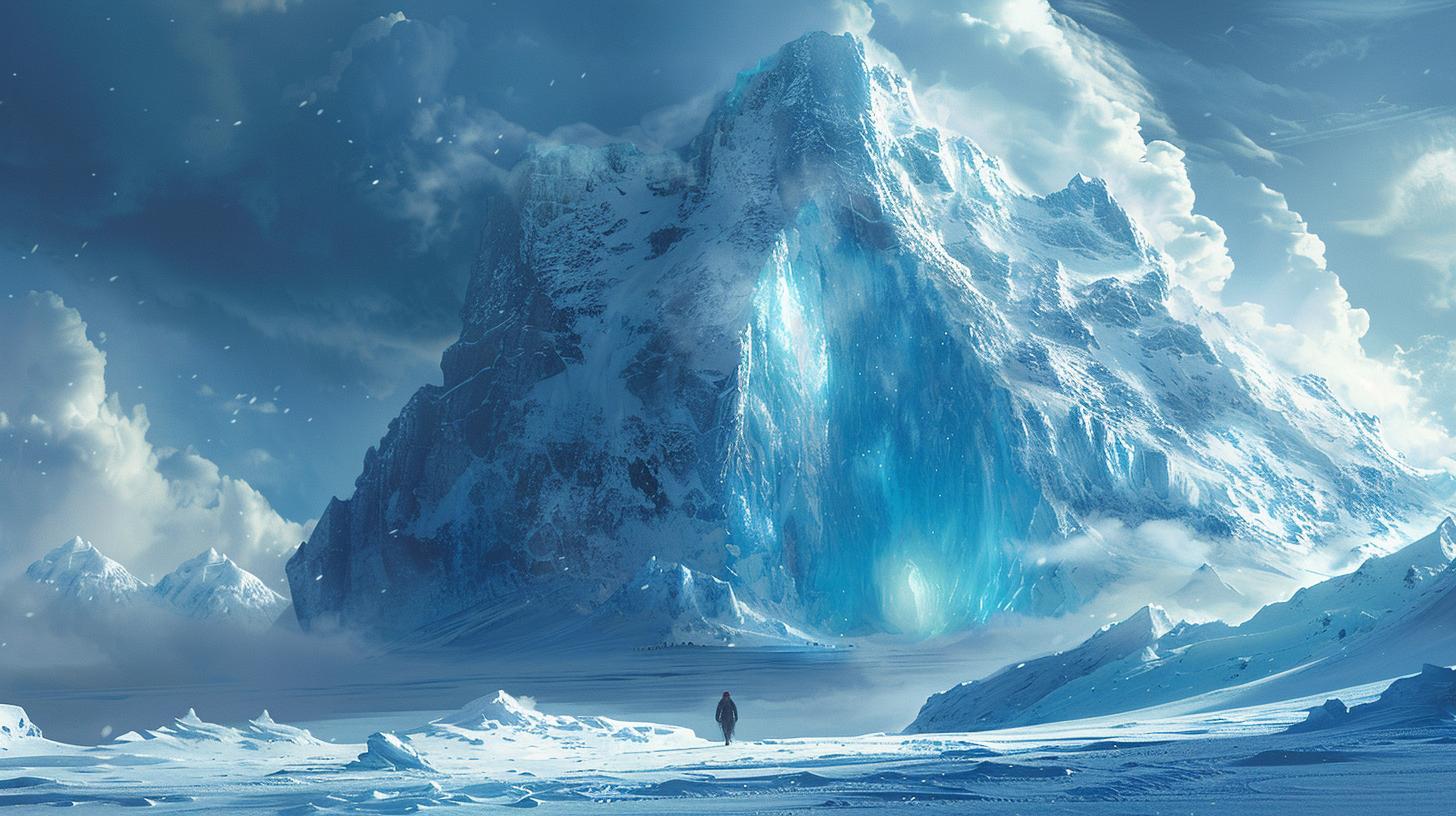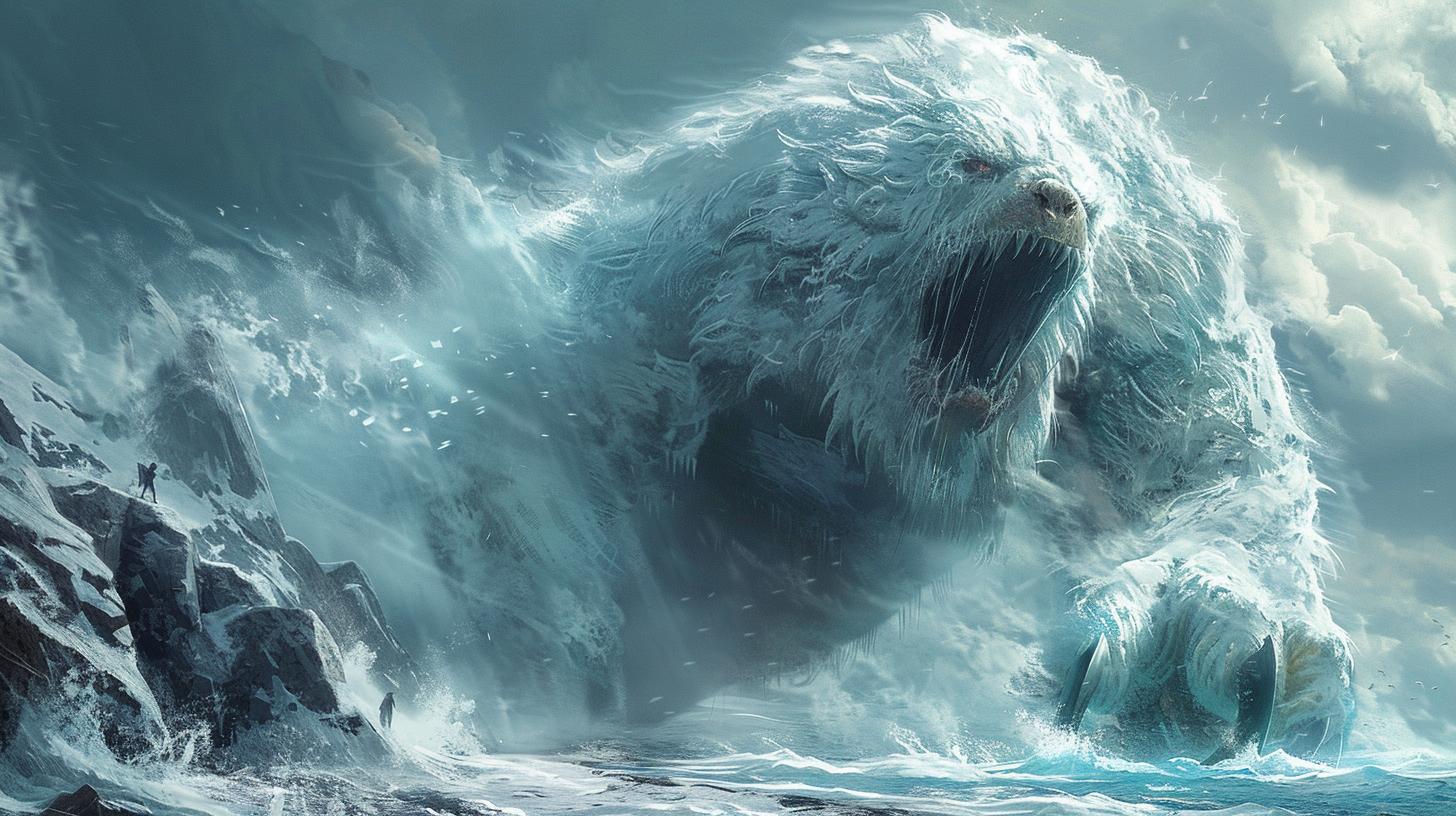Inuit Mythology: Exploring the Stories and Deities of the Arctic People
Inuit Mythology is a collection of stories, legends, and beliefs passed down in Inuit culture to explain life, nature, and spirituality. Inuit mythology includes deities, such as the sea goddesses Sedna, Nuliayuk, Taluliyuk, and Taleelayuk, as well as supernatural beings like the demon Mahaha and shape-shifting Ijiraat. Inuit spirituality is closely tied to nature and cosmology, emphasizing the connection to the natural world and alternate realms like the underwater and celestial worlds.
List of Inuit Gods and Goddesses
Overview of Inuit Mythology
Creation Myths and Stories
Inuit mythology is rich in creation myths and stories that depict the origins of the world, the celestial bodies, and the Inuit people themselves. These narratives often involve powerful deities shaping the earth and sky through their actions and interactions.
Role of Inuit Deities
The deities in Inuit mythology play pivotal roles in the lives of the Arctic people, influencing aspects of nature, hunting, and everyday life. They are revered as powerful beings with the ability to control natural forces and events.
Connection to Nature and Cosmos
Inuit mythology highlights the deep connection between the Inuit people and the natural world, viewing nature as a source of life, wisdom, and spirituality. The cosmos, including the sun, moon, and stars, hold significant symbolism in their belief system.
Inuit Mythology Creatures
Mahaha: The Arctic Demon
Among the supernatural beings in Inuit mythology is Mahaha, an Arctic demon known for causing mischief and instilling fear in the hearts of the people. Legends depict Mahaha as a malevolent being that lurks in the icy wilderness, ready to torment those who cross its path.
Ijiraat: Shape-Shifting Beings
Ijiraat are shape-shifting beings in Inuit folklore that possess the ability to transform into various Arctic animals. These elusive creatures are both mysterious and cunning, blending seamlessly into their surroundings as they navigate the frozen landscape.
Qallupilluit: Child-Stealing Creatures
Qallupilluit are mythical entities in Inuit mythology known for their terrifying habit of abducting children who venture too close to the water’s edge. These amphibious creatures strike fear into the hearts of parents and serve as cautionary tales to ensure the safety of young ones.
Inuit Mythology Creatures
Explore the fascinating world of mythical beings in Inuit mythology, where supernatural creatures play a significant role in the stories and beliefs of the Arctic people.
Mahaha: The Arctic Demon
One of the most notorious figures in Inuit mythology is Mahaha, a malevolent demon that haunts the Arctic lands. Learn about the chilling tales of encounters with this terrifying entity that instills fear in the hearts of those who cross its path.
Ijiraat: Shape-Shifting Beings
Discover the enigmatic Ijiraat, mystical beings with the ability to transform into various Arctic animals. Unravel the legends surrounding these shape-shifters and their mysterious connections to the natural world.
Qallupilluit: Child-Stealing Creatures
Delve into the eerie tales of the Qallupilluit, sinister creatures that lurk beneath the icy waters, preying on unsuspecting children. Learn about the chilling encounters with these ominous beings and the precautions taken to ward off their malevolent intentions.
Inuit Goddesses
Sedna: Goddess of the Sea
Sedna, a prominent figure in Inuit mythology, is revered as the goddess of the sea. She holds great influence over marine life, dictating the abundance of fish and other aquatic resources.
Nuliayuk: Keeper of Marine Life
Nuliayuk is a significant goddess in Inuit beliefs, known as the protector and caretaker of marine life. She ensures the balance and sustainability of the underwater world, guiding hunters and fishermen in their pursuits.
Taluliyuk and Taleelayuk: Sea Deities
Taluliyuk and Taleelayuk are revered as sea deities in Inuit mythology, embodying the spirits of the ocean and its mysteries. They symbolize the power and vastness of the sea, influencing the lives and livelihoods of the Inuit people.
Inuit Mythology Gods
Nanook: The Polar Bear God
In Inuit mythology, Nanook is revered as the powerful deity associated with the polar bear. Nanook is believed to embody strength, resilience, and hunting prowess. As the god of the Arctic’s apex predator, Nanook is respected and feared among the Inuit people.
Igaluk: The Moon God
The Inuit mythological figure Igaluk represents the moon in the Arctic sky. Igaluk is considered a guiding force for travelers, a symbol of illumination in the darkness of the polar night, and a key figure in the Inuit lunar cosmology.
The moon god’s phases and movements are believed to influence various aspects of Inuit life.
Malina: The Sun Goddess
Malina is recognized as the radiant Sun Goddess in Inuit mythology. She is associated with light, warmth, and fertility in the Arctic region. Malina‘s journey across the sky is believed to bring daylight and energy to the world, shaping the seasons and affecting the daily lives of the Inuit people.
Inuit Spiritual Beliefs and Practices
Inuit spirituality is deeply rooted in nature and connection with the cosmos, reflecting a blend of traditional beliefs and modern influences like Christianity. The following subtopics explore the various aspects of Inuit spiritual practices:
Indigenous Inuit Religion
Cosmology and Worldview
Traditional Inuit cosmology emphasizes a close relationship with the natural world, viewing it as interconnected with the spiritual realm.
This worldview includes the belief in multiple realms, such as the underwater world and celestial planes.
Spiritual Practices in Daily Life
Inuit spiritual practices extend to daily life, guiding activities like hunting and gathering, storytelling, and communal rituals. These practices foster a deep respect for nature and the spiritual forces believed to govern it.
Impact of Christianity on Inuit Beliefs
Christianity has had a significant impact on traditional Inuit beliefs, resulting in a syncretic approach that blends Indigenous spirituality with Christian teachings. This blending of faiths has shaped contemporary Inuit religious practices and belief systems.
Indigenous Inuit Religion
Cosmology and Worldview
The Indigenous Inuit Religion is deeply rooted in a cosmology that encompasses the interconnection of the physical world with spiritual realms. Inuit worldview sees the world as a complex network of relationships between humans, animals, and spirits.
Spiritual Connection to Nature
Central to Inuit spirituality is the belief that nature is alive and sentient, with each element playing a vital role in sustaining life. The Inuit see themselves as part of a larger ecosystem, where respect for the environment is paramount.
Interactions with Spirits
Inuit individuals have a profound relationship with spirits, believing that they can influence human activities and events in the natural world. Shamans serve as intermediaries between the human and spiritual realms, navigating complex interactions with spirits.
Spiritual Practices in Daily Life
Inuit spiritual practices are not confined to specific rituals but are integrated into everyday life. Practices such as drum dancing, storytelling, and hunting rituals serve to honor the spirits and maintain balance in the spiritual realm.
Drum Dancing and Song
Drum dancing is a sacred practice that involves rhythmic movements and songs to connect with ancestral spirits and invoke their blessings. Through drum dancing, the Inuit express gratitude and seek guidance from the spirit world.
Hunting Rituals and Offerings
Hunting holds spiritual significance for the Inuit, who perform rituals before and after hunts to ensure a successful and respectful harvest. Offerings are made to animal spirits as a sign of appreciation for their sacrifice in sustaining human life.
Impact of Christianity on Inuit Beliefs
The arrival of Christianity among the Inuit brought significant changes to traditional beliefs and practices. While some Inuit embraced Christian teachings, others blended elements of Christianity with their indigenous spirituality, creating a unique syncretic expression of faith.
Adaptation of Christian Symbols
Inuit communities have incorporated Christian symbols and practices into their spiritual life, such as using crosses in traditional ceremonies or attending church services alongside maintaining traditional rituals. This blending reflects the Inuit’s capacity for cultural adaptation and resilience.
Inuit Mythology in Contemporary Society
Inuit Mythology continues to play a vital role in the contemporary society of the Inuit people, reflecting their rich cultural heritage and spiritual traditions.
Oral Tradition and Storytelling
The Inuit community places great importance on oral tradition and storytelling as a means of preserving and transmitting their cultural narratives across generations.
Cultural Revitalization Efforts
Inuit communities are actively engaged in cultural revitalization efforts to ensure the preservation and promotion of their traditional beliefs, practices, and mythological figures.
Importance of Inuit Mythological Figures
The mythological figures of Inuit tradition hold significant importance in contemporary society, serving as symbols of cultural identity and spiritual connection to the natural world.

